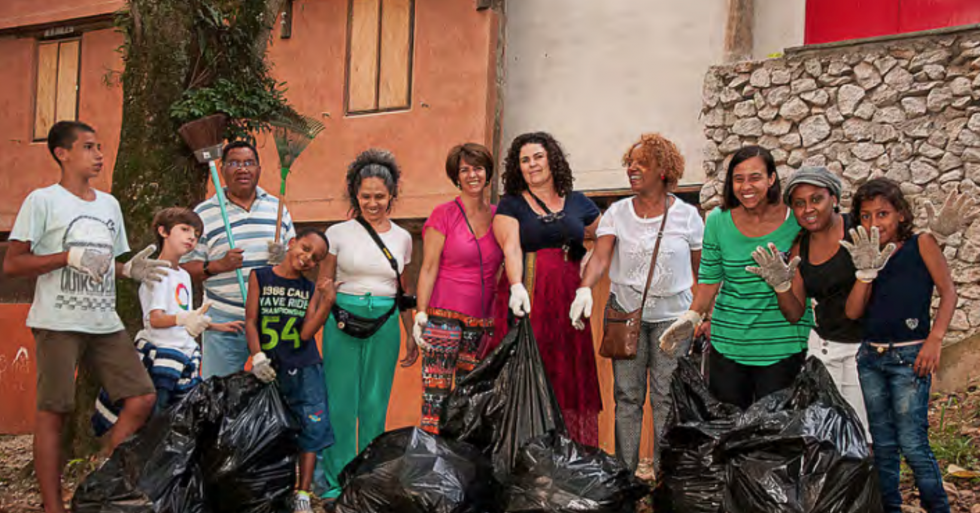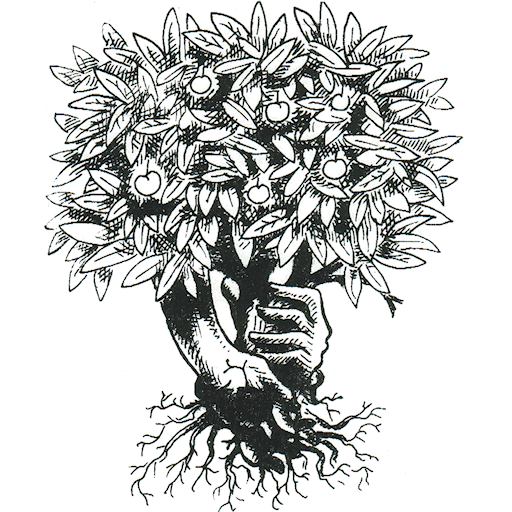We Need to Reclaim and Reboot our Imaginations
As the Covid crisis continues, there are many influences nudging us towards brain mush, despondency, helplessness. This well-evidenced book from Transition Network’s founder highlights those influences, and offers plenty of real-life examples of what’s still possible.
His overview of the current mess (climate crisis, social inequalities, ecological disasters and lots more) is this: “If we wait for governments, it will be too late. If we act as individuals, it will be too little. But if we act as communities, it might just be enough, and it might just be in time.”

Various experts see imagination as crucial – to “create and carry out a vision in which we capably address global crises and enjoy ourselves in the process.” One of Rob’s great talents is to keep bringing us back to a positive future vision: no amount of alarming data will motivate us so well.
This book cites useful research on the many ways that our imaginative capacity is being eroded; by social media, stress, education system, lack of play, and lots more. However, rather than complain about these problems, Rob gives concrete examples of positive alternatives. One of these is Antanas Mockus, who won election as mayor of Bogota wearing a superhero costume. Here’s one example of his creative approaches:
“Mockus took on the city’s notoriously corrupt traffic police. At the time, the death rate on the city’s roads was one of the highest in Colombia. Traffic police pocketed most of the fines they collected and had little impact on safety or driver behaviour. So Mockus hired a team of 420 mime artists, who stood at the city’s intersections showing red cards to bad drivers and applauding good drivers. He sacked the entire traffic police department, offering them their jobs back if they retrained as mimes. Four hundred did. His actions reduced traffic fatalities by 50 percent.”
Rob writes “One of the fundamental challenges this book has identified is that we need to be able to imagine positive, feasible, delightful versions of the future before we can create them. Not utopias, but futures where things turned out OK. Having the opportunity to ‘test-drive’ the future, to experience different versions of the future, can help us feel they are possible (or, conversely, that we really don’t want to go there). And play is central to that. It can bring the future alive, to the extent where we can see it, feel it, taste it, smell it.”
Some of the most exciting, reproducible case examples in the book are at community level. For example, a small group in Liege invited everyone in the city to an event to envision how, within one generation, most of the city’s food could be grown on the land surrounding it. Within 5 years, there are numerous projects in operation, and the city authority voted to source school food locally where possible.
Asking a catalytic question, sparking the imagination, enabling playfulness, tasting the future: these are ingredients in many of these stories, and accessible to all of us. You may wonder if all these creative initiatives will be enough – this quote in the book from Milton Friedman is a good response:
“Only a crisis – actual or perceived – produces real change. When that crisis occurs, the actions that are taken depend on the ideas that are lying around. That, I believe, is our basic function – to develop alternatives to existing policies, to keep them alive and available until the politically impossible becomes the politically inevitable.”
